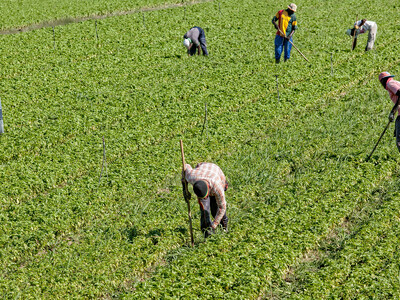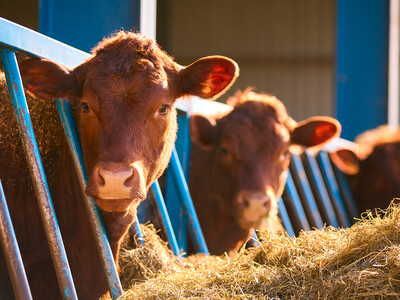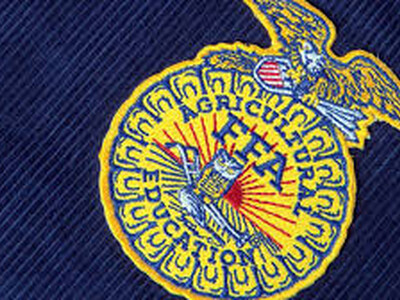Proposed Farm Bill Savings
Proposed Farm Bill Savings. I’m Greg Martin with today’s Line On Agriculture.
So, what do you think? Is there a need to revamp and overhaul many of the Farm Bill programs? A Washington think tank says Congress could save more than 100-billion dollars over the next 10 years by paring poorly-designed and inefficient farm bill programs. The American Enterprise Institute’s proposed farm bill savings is more than triple the 30-billion, 10 year savings Republicans proposed in their House-passed 2012 budget. But the group claims in studies by ag experts and economists that many farm programs are poorly designed and wasteful. And Montana State University Ag Economist Vince Smith says from a social policy standpoint – programs like direct payments are unfair.
SMITH: You get direct payments if 30 years ago you raised an appropriate commodity; wheat, corn, rice, barley, whatever. And it’s essentially an annual lump sum payment. It’s almost an annuity. And the bigger your operation, the more land that you own that is tied to these direct payments, the more payments you get.
Smith attacked crop insurance subsidies to private insurers of a dollar-forty-four for each dollar that goes to the farmer – though he didn’t mention the reinsurance agreement that saved billions. And he slammed the SURE disaster program that makes payments on crops unaffected by disasters in counties where other crops were harmed. Smith also charged that some conservation programs don’t make a great deal of sense.
SMITH: It’s a classic example of the Conservation Stewardship Program and that program is about a billion dollars a year program right now and in that program many farmers who receive payments are receiving payments for continuing practices they were already carrying out to conserve their soils and so on before the program was ever created.
AEI Vice President Henry Olsen says the politics may be right for dramatic cuts to farm programs – and not just because of record debt and deficits.
OLSEN: The farming community has shrunk as a percentage of the population dramatically since it’s inception. When the first farm bill was passed in 1933, 1 in every 5 Americans worked on a farm. Today, it’s 1 in 50. Less than 2% of Americans are in any sort of farming occupation.
That’s today’s Line On Agriculture. I’m Greg Martin on the Ag Information Network.

















